
The Top 5 Spanish Reading Books for Beginners
Reading is one of the most preferred ways to learn Spanish. In addition to helping build fluency, it is entertaining and helps activate the brain. If you want to learn Spanish, grab a few Spanish-graded readers, and you will be on the right track!
Select the right books to help you learn the language correctly.
While many Spanish novels and books for beginners will help them learn the language, getting books that target learning Spanish is most beneficial. This blog will examine which factors must be considered when looking for the best Spanish language learning books.
The Top Advantages of Using Spanish Readers
Spanish reading is one of the best ways to learn the language. These books are designed to help Spanish learners improve their learning. They benefit by helping to explain and understand the language.
Some key benefits of using Spanish readers to learn the language are as follows:
Spanish Vocabulary Expansion
Reading Spanish graphic novels and books provides exposure to new vocabulary in context. As a reader encounters words repeatedly, they become more familiar and more accessible to retain. Retention is also high since readers acquire these words naturally through entertaining books.
Grammar Reinforcement
Spanish readers demonstrate grammar structures and sentence patterns in real-world usage. This helps cement the understanding of Spanish grammar. When you constantly read books and internalize the structures without forcing, you internalize and learn it better.
Improved Comprehension
Repeatedly reading Spanish texts trains the brain to process the language more fluently. Over time, you will be able to understand longer and more complex passages. This also increases familiarity with the nuances of the language so that you can understand the meaning of the sentences.
Build Cultural Awareness
Spanish-graded readers often provide insights into Hispanic cultures, customs, and perspectives. This cultural exposure enriches language learning and helps to improve speech as well.
Build Confidence
Accomplishing the goal of reading an entire book in Spanish, even a simple one, can be advantageous and boost confidence in the language. This will motivate you to read more and become well-versed in the language.
Immersive Learning
Reading Spanish graphic novels and books immerses you in the language in a way that listening or speaking practice alone cannot. This full-immersion approach is highly effective. Reading also conveys diverse scenarios that the real world cannot offer.
Convenience and Accessibility
Spanish-graded readers are widely available in print and digital formats, making them a readily accessible resource for language learners worldwide.
The Top 5 Spanish Books to Learn Spanish
Finding the best books to learn a new language requires research and some sifting through numerous books and novels to find the most suitable options. This is especially the case when learning Spanish.
Below is a curated list of some of the best spanish books for beginners to learn Spanish correctly:
- Level 1- Bart Quiere Un Gato
- of pages: 70
- Price: USD 8.95
- 100 unique words
- Available in paperback
- Published by TPRS Books
Click here to grab the book from WOR.
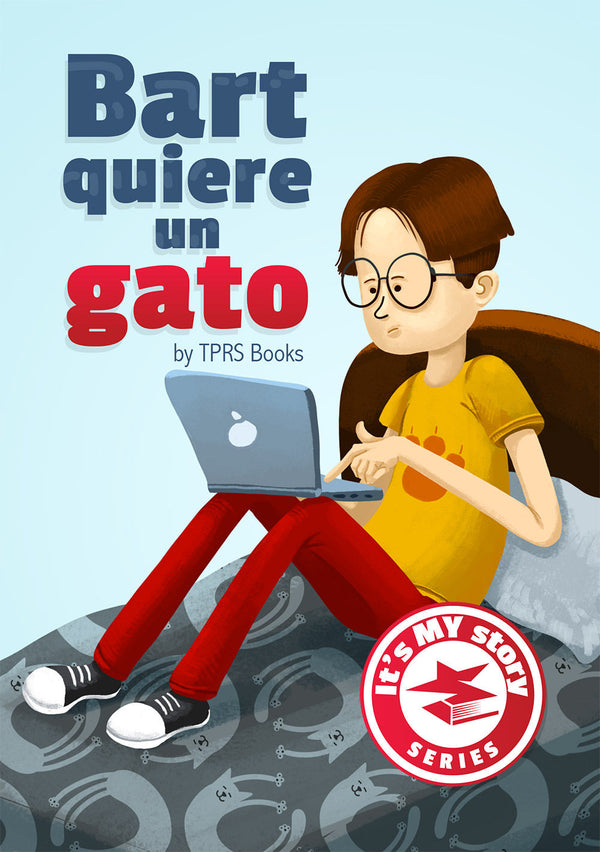
Bart Quiere Un Gato or Bart Wants Señor Jordan and Michael Croxon write a Cat. The book tells the story in both the present and past tense, making it an excellent option for beginners to learn both tenses.
One of the story's essential features is that it is both adventurous and entertaining for all readers.
- Level 1 - La Perla Azul
- of pages: 63
- Price: USD 16.95
- 800 unique words
- Available in paperback
- Published by Eli Books
Click here to grab the book from WOR.
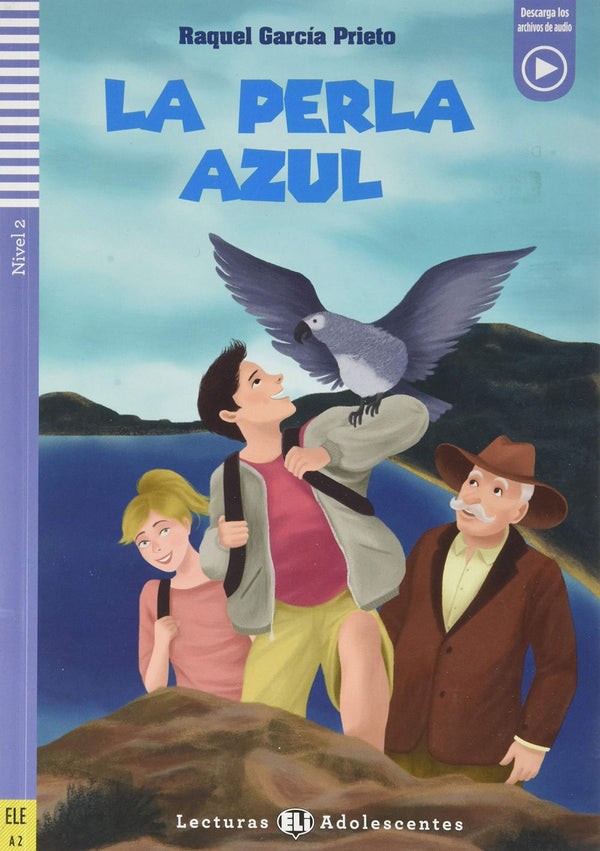
La Perla Azul, or The Blue Pearl, is a Spanish learning book by Raquel García Prieto. It has an excellent story with remarkable illustrations that improve learning. The book's themes of friendship, adventure, and mystery make the reading experience immersive.
An essential benefit of reading this book for Spanish learners is that it has a descriptive language with plenty of adjectives, adverbs, and prepositions.
- Un Pez Dos Peces
- of pages: 67
- Price: USD 10.00
- Available in hardback
- Published by Random House Books
Click here to grab the book from WOR.
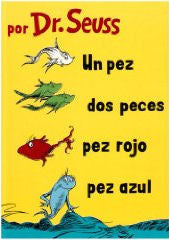
Dr. Seuss's Spanish translation of One Fish, Two Fish, Red Fish, and Blue Fish is an entertaining and educational book for Spanish learners.
This book's rhymes will surely excite readers to keep reading and explore the wonderful world of the fish.
- Level 2 - El blog de Berta
- of pages: 64
- Price: USD 16.95
- 800 unique words
- Available in paperback
- Published by Eli Books
Click here to grab the book from WOR.
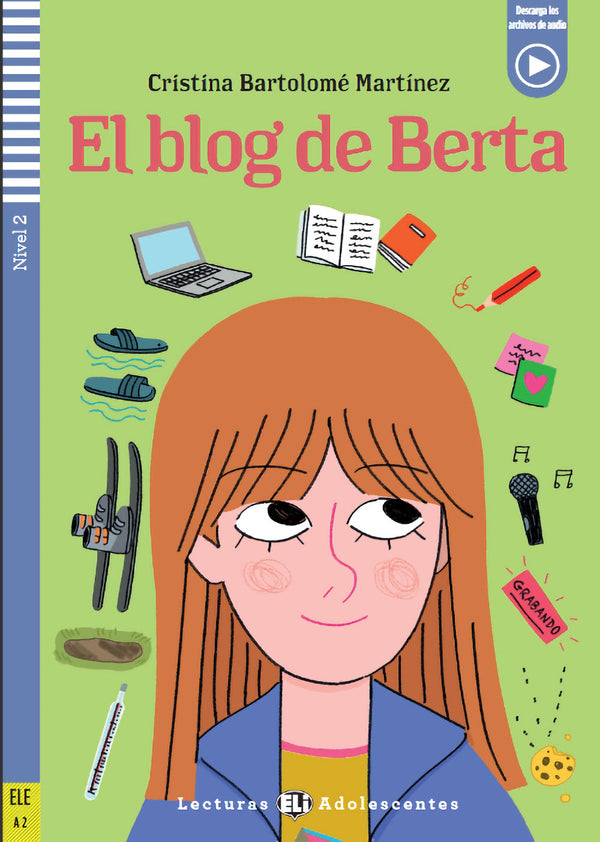
Written by Cristina Bartolomé Martínez, this level-2 book, El blog de Berta or Berta's Blog, explores Berta's life as she evolves. This book invites readers to journey with Berta and her first year at the school.
One of the most significant advantages of reading this book is its thorough descriptions, that feel familiar to everyone. It also has a glossary with difficult words and expressions.
- Habla María
- of pages: 152
- Price: USD 15.00
- Available in paperback
- Published by Editorial Oceano
Click here to grab the book from WOR.
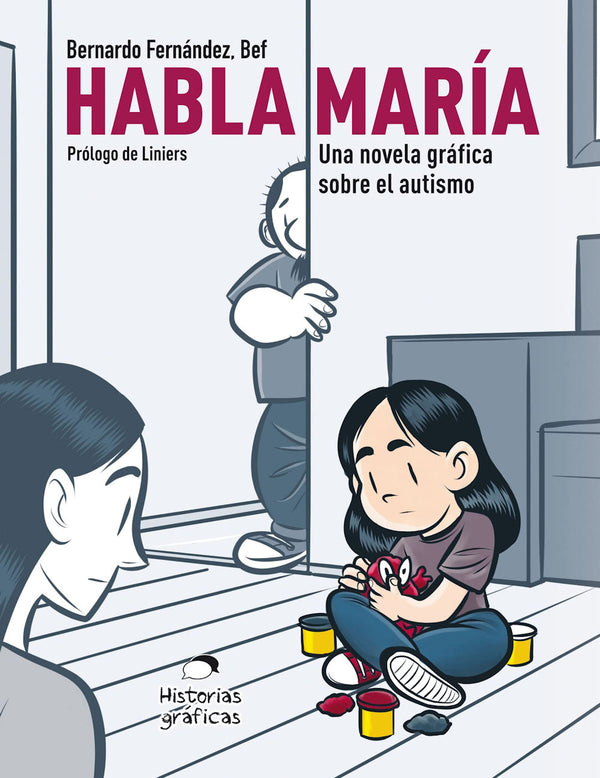
This is a book about autism and how Maria, the main character, lives her life with different abilities. An endearing and emotional novel, the story allows the reader to experience the character's journey as she goes on with her life. The book's writer, Bernardo Fernández, ensures the story is vivid, poignant, and descriptive.
An emotional story, Habla Maria uses plenty of nuanced language to familiarize the reader with many Spanish expressions.
How to Use Spanish Readers for Optimal Learning
Reading books or graphic novels in Spanish does not guarantee learning. A reader must properly commit to their learning journey and go about it strategically.
Here are some tips for using Spanish readers to improve language learning:
- Start with Easy Readers
Begin with simple, beginner-level Spanish readers that use everyday vocabulary and basic grammar. This will help build confidence and comprehension.
- Read a Variety of Genres
Try reading a mix of fiction, nonfiction, poetry, and other styles to expose yourself to different vocabulary and sentence structures. This will ensure exposure to various styles and tones of language for a better learning experience.
- Read Regularly
The more you read in Spanish, the more comfortable and fluent you will become. Try to set aside time to read Spanish graphic novels or books daily.
- Pay Attention to Cognates
Identify words similar to their English counterparts. Recognizing cognates can help deduce the meaning of unfamiliar words. Most of the time, understanding one word can help to figure out the rest of a sentence.
- Read Aloud
Reading the text out loud can help reinforce vocabulary and grammar while getting used to the rhythm and sounds of the language. You can hear your accent and work to improve it when reading aloud.
- Use the Dictionary Selectively
Look up only the most important words you do not understand. Trying to look up too many words can disrupt the reading flow.
- Choose Topics of Interest
Pick readers on subjects you find engaging. This will make the reading more enjoyable and motivating, and it will also make you want to read the books instead of feeling forced to.
Spanish-graded readers and novels are a great way to learn the language. They help understand the nuances of the language, as there is a structure to the language used in the books. They also help understand different usages and build a strong vocabulary. While Spanish graphic novels and books are the go-to option for many learners, where to obtain the books is also an important consideration.
Be sure to find the best Spanish books for learners from reliable places, like World Of Reading. Many learners have expressed concerns that the graded books they buy to learn often could be of better quality.
World Of Reading is the best choice as an established online platform selling graded books, graphics novels, and other learning language materials. Explore our selection of the best books for learning a new language, including Spanish.

